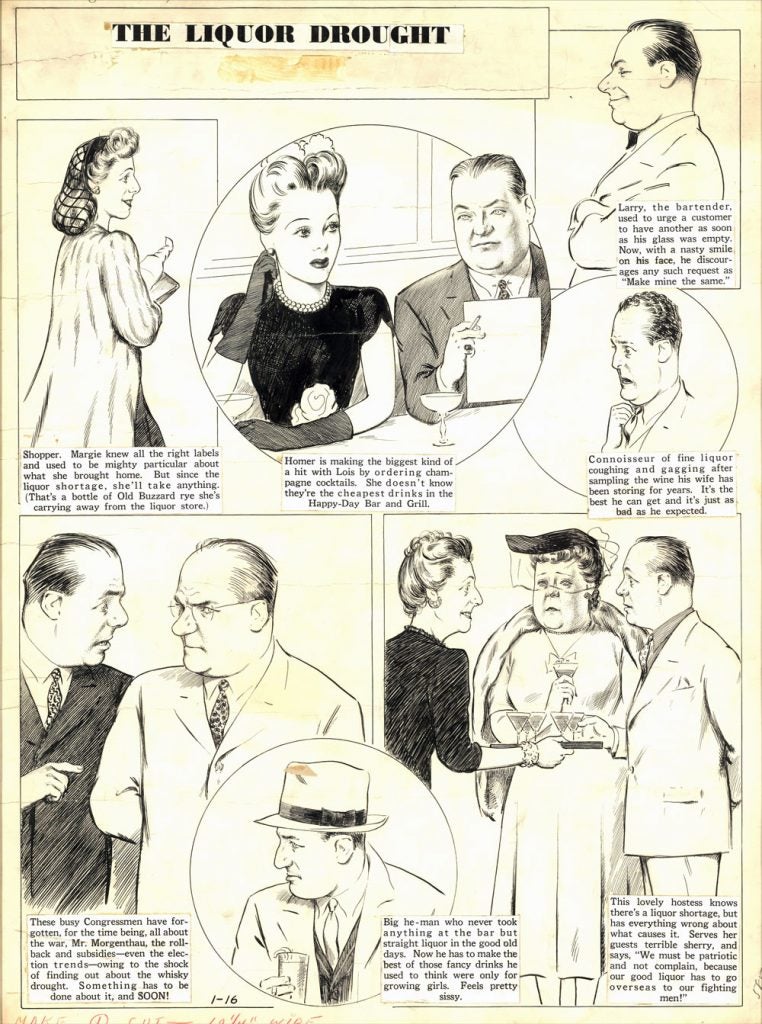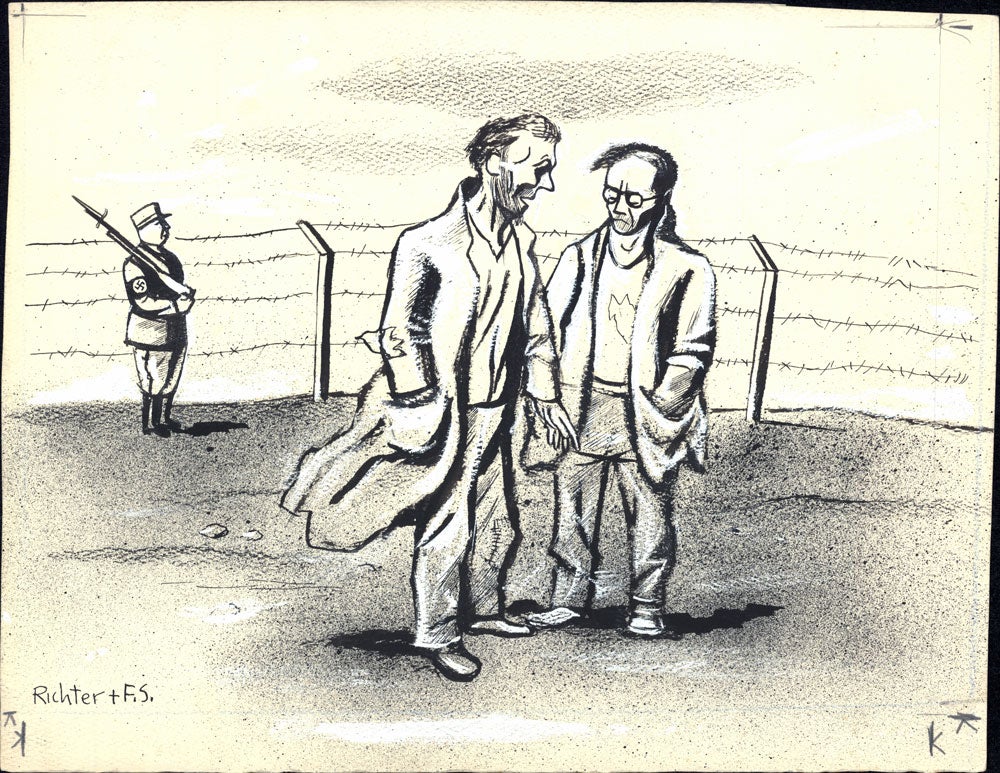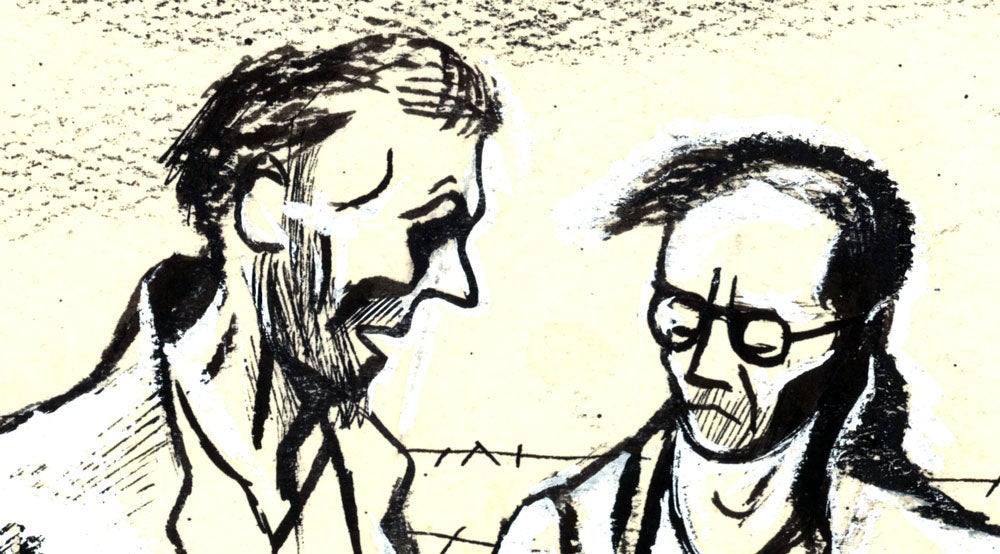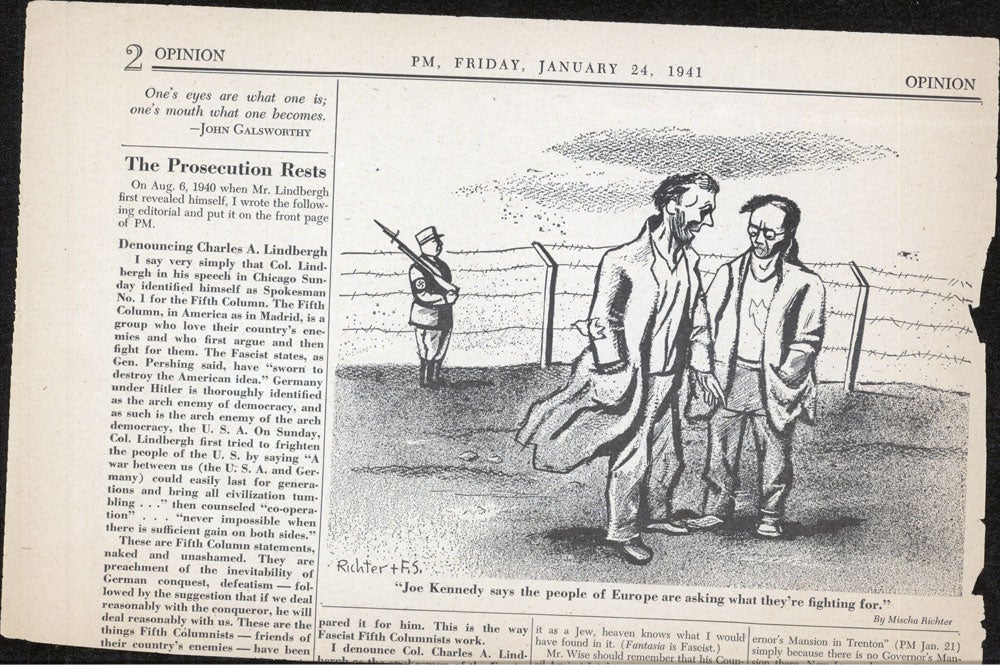
“Not Even a Nibble” (January 20, 1915)
by Jerome S Smith
12.5 x 14.5 in., ink on board
Coppola Collection
The signature says “JS Smith” and the notation on the back says “Jerome Smith,” “Judge,”and “Leslie’s Weekly” (both of which were illustrated magazines).
Trentino is an independent area in northern Italy that has been the site of wars and disputes for 1500 years.
After the Napoleonic era, the Austro-Hungarians were running the show in Trentino as a bulkwark against possible aggression by Italy.
Motivated by the Germans, the Italians signed a defensive alliance with Austria-Hungary and Germany (the Triple Alliance) in 1882. Italian public opinion remained unenthusiastic about the alignment with Austria-Hungary, still perceiving it as the historical enemy of Italy. In the years before World War I, many distinguished military analysts predicted that Italy would change sides if an actual war were to break out.
In 1914, Serbia was invaded by Austria-Hungary, kicking off WW1. Abiding by the terms of the Triple Alliance, Italy declared its neutrality. Italians were still hostile to continuing Austrian occupation of ethnically Italian areas.
In early 1915, the aggressor Germans were dangling the benefits of the alliance and a unified front stretching down the Italian peninsula.
Revealed later, the Italians were, in fact, switching sides. On April 26, they signed on to the Treaty of London, and aligned with the Triple Entente (France, Britain, Russia). They declared war on Austria-Hungary on May 24, 1915.

















